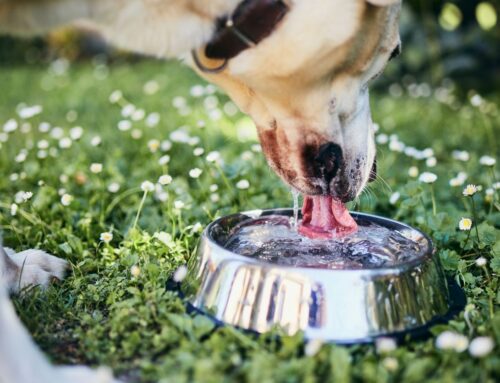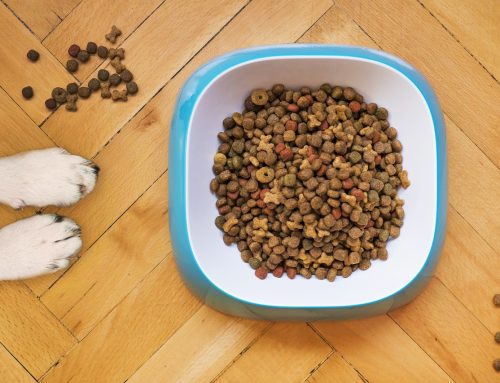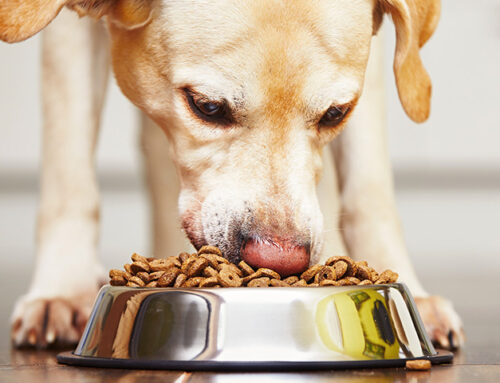Owning and training your dog has and always will be a big responsibility, as they are dependent on you for their survival. Whether this is through feeding them regularly, providing them shelter, or keeping them company, most dog breeds can’t live without us. Recent years have seen research into how life alongside us affects them, and the responsibility has extended to training our dogs not to want things that might make them sick.
As a provider of raw pet food PA, we’ve heard an all too common problem for most dog owners is their dog “begging” for food around mealtime, this could be with theatrics or simply the act of sitting with those infamous puppy eyes. Once upon a time, this would have been how dogs were fed by their owners, with scraps of meat and vegetables from our plates. Nowadays though, many of the foods we feed ourselves simply aren’t suitable for a dog’s gastrointestinal system, and so we must train them not to beg.
There are a number of ways in which one can do this, here we will explore them and give you some other tips to make your relationship with your dog more symbiotic.
Training Your Dog That Has Bad Table Manners
For some people, nothing is worse than bad table manners, it can be disruptive and in some cases disgusting. The same goes for dogs who, in their innocence, will stare, drool, beg, whine, and get underfoot while you’re in the kitchen. Breaking these bad manners, later on, is difficult, but not impossible, but it is always best to start training them as young as possible.
Start Young
As with us, the things we learn when we’re young tend to stick with us for most of our adult lives. The same goes for most mammals, as we learn in those early days the things that our parents and our community did to survive. When it comes to teaching your dog good table manners, you should set a good precedent from the get-go.
Training Your Dog at 7 Weeks Old
According to PetMD, you can begin training your puppy from 7 weeks old with basic commands like “sit”, followed by positioning them and then giving them a treat. Once this most basic command is down, you will be able to teach them other cues which can help manage them at mealtime, such as:
- “Wait” – instead of letting them bum-rush you while you’re getting their food out of the pantry, this can give you the necessary time and space
- “In/On your bed” – this is important for getting fido out of the way, especially when children, other dogs, or people nervous around dogs visit
- “No” – this should only ever be spoken calmly and should be associated either with them doing undesirable behavior, or to signify that they won’t be getting a treat
When they do something wrong, you have about three seconds to use the “no” command, after which the dog won’t understand and may become confused or nervous. Be sure to work with a puppy trainer if you don’t have the time or capacity to train them properly, rather than half-training them and then scolding them for the rest of their lives because they never had a good education.
Read this for more tips on training your puppy.
Training Your Dog With Crate Training
One of the most valuable tools in the responsible dog owner’s arsenal is the dog crate. It can be daunting for both you and the dog at first, but once they are comfortable sitting in it, they will treat it as their own space. This is an important connection to make, and one should strictly follow the instructions outlined here by PetMD.
A good tip with crate training is to find a centralized location for the crate so they can get to it easily, and make sure they can still see plenty of the house so they don’t feel left out.
Have a Crate Dinner
Once your pup is crate trained, you should get into the habit of sending them to it with the command “in/on your bed”, or another crate-specific command like “in your crate”, at mealtimes.
Fixed Schedule Feeding
Most people are aware that feeding their dog before they eat sets a precedent of the dog being above them in the pecking order. Although unless you eat your meal at the exact same time every night, you may be confusing and distressing your dog each evening. Setting a fixed schedule for your dog will allow them to align their digestive system and find some security in their life. Combine this with our raw pet food PA, and they may feel like they’re getting their own version of your meal, quashing the meal time begging once and for all.
Training Your Dog With Their Best Diet
Many processed dog foods contain fillers that provide little to no sustenance or nutrients to your dog, hence why they may become hungry prior to their mealtime. By introducing our raw pet food PA to their diet, you can be sure that they’re getting the nutrients they need, and that they actually get full from their food.









